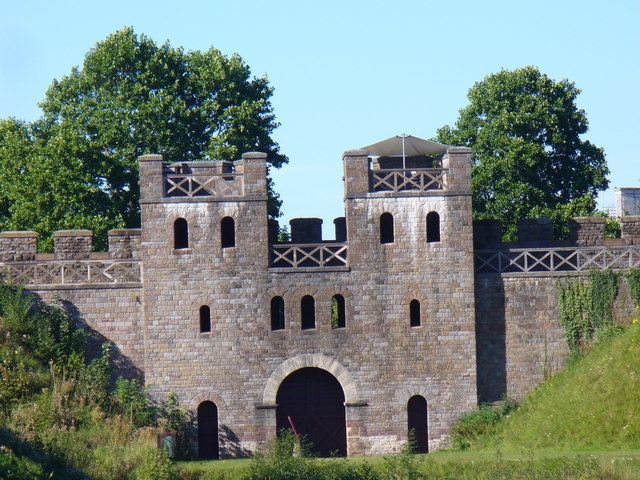 | ||
Caer ([kɑːɨr]; Old Welsh: cair or kair) is a placename element in Welsh meaning "stronghold", "fortress", or "citadel", roughly equivalent to the Old English suffix now variously written as -caster, -cester, and -chester. In modern Welsh orthography, caer is usually written as a prefix, although it was formerly—particularly in Latin—written as a separate word. The term is thought to have derived from the Brittonic *kagro- and to be cognate with cae ("field, enclosed piece of land"). Although stone castles were largely introduced to Wales by the invading Normans, "caer" was and remains used to describe the settlements around some of them as well. An example is the Roman fort at Caernarfon, formerly known in Welsh as Caer Seiont from its position on the Seiont; the later Edwardian castle and its community were distinguished as Caer yn ar Fon ("fort in the land opposite Anglesey"). However, the modern names of the Roman fort and Edwardian castle themselves are now Segontiwm or Castell Caernarfon, while the communities carry on the name caer.
Contents
Britain
Gildas's account of the Saxon invasions of Britain claimed that there were 28 fortified Roman cities (Latin: civitas) on the island, without listing them. The History of the Britons traditionally attributed to Nennius includes a list of the 28, all of which are called "caer":
Wales
Examples in modern Wales include:
England
Modern Welsh exonyms for English cities include:
Scotland
Southern Scotland, the former Old North of the Romano-Britons, contains many modern placenames with variant forms of caer, including:
